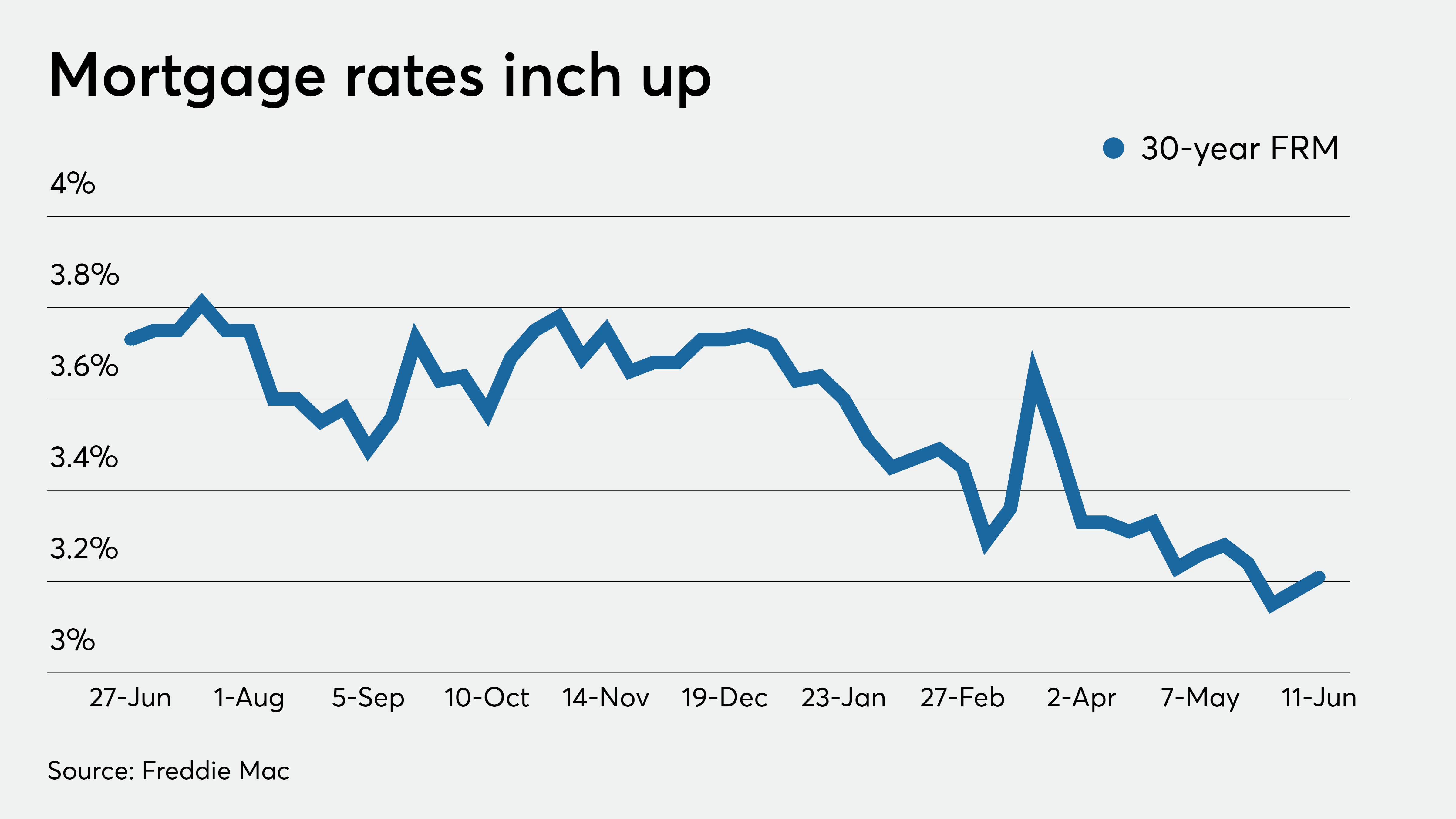Weekly Housing Trends View — Data Week June 20, 2020
Our research team releases regular monthly housing trends reports. These reports break down inventory metrics like the number of active listings and the pace of the market. In light of the developing COVID-19 situation affecting the industry, we want to give readers more timely weekly updates. You can look forward to a Weekly Housing Trends View near the end of each week along with weekly coverage from our Housing Market Recovery Index and a weekly video update from our economists. Here’s what the housing market looked like last week.
Weekly Housing Trends Key Findings
- National Recovery Index: The realtor.com Housing Market Recovery Index reached 92.0 nationwide this week, the highest index value since the middle of March when COVID-19 disruptions began. This week’s jump also represents the largest weekly increase in four weeks, taking the index just 8.0 points below the pre-COVID baseline.
- Local Recovery: An additional two markets have crossed the recovery benchmark this week, taking the total number of markets above the January baseline to 10, the highest since the COVID onset. The overall recovery index is showing greatest recovery in Seattle, Denver, Boston, Jacksonville, and Philadelphia, Regionally, the West (99.6) continues to lead the recovery with the overall index now virtually at the January benchmark. The South (93.9), which led the early recovery, is beginning to lag relative to other regions as we head into the summer, with both the Northeast and Midwest (94.5 and 93.6) catching up.
- New listings are down 19 percent. Buyer interest in the housing market has more than fully recovered whether we’re using online traffic or purchase mortgage applications as a gauge. In comparison to buyers, the pace of sellers coming back to the market is lagging which is helping market balance measures such as price and time on market move in a seller-friendly direction. New listings are a crucial pre-cursor to home sales, particularly in an inventory-light market.
- Median listing prices are now growing at 5.6 percent over last year, more than a percentage point above pre-COVID pace.
- Time on market is now just 13 days slower than last year. While it takes longer to find a buyer and complete a sale compared to this time last year, the gap is shrinking as buyers return and have to move faster to compete for a limited number of homes for sale.
- Total inventory was down 29 percent. The number of homes for sale continues to shrink at a bigger pace relative to last year because buyers outnumber sellers in this unusual summer season.
Data Summary
| Week ending June 20 | Week ending June 13 | Week ending June 6 | First Two Weeks March | |
| Total Listings | -29% YOY | -27% YOY | -25% YOY | -16% YOY |
| Time on Market | 13 days slower YOY | 16 days slower YOY | 16 days slower YOY | -4 days faster YOY |
| Median Listing Prices | +5.6% YOY | +4.6% YOY | +4.3% YOY | +4.5% YOY |
| New Listings | -19% YOY | -20% YOY | -21% YOY | +5% YOY |


